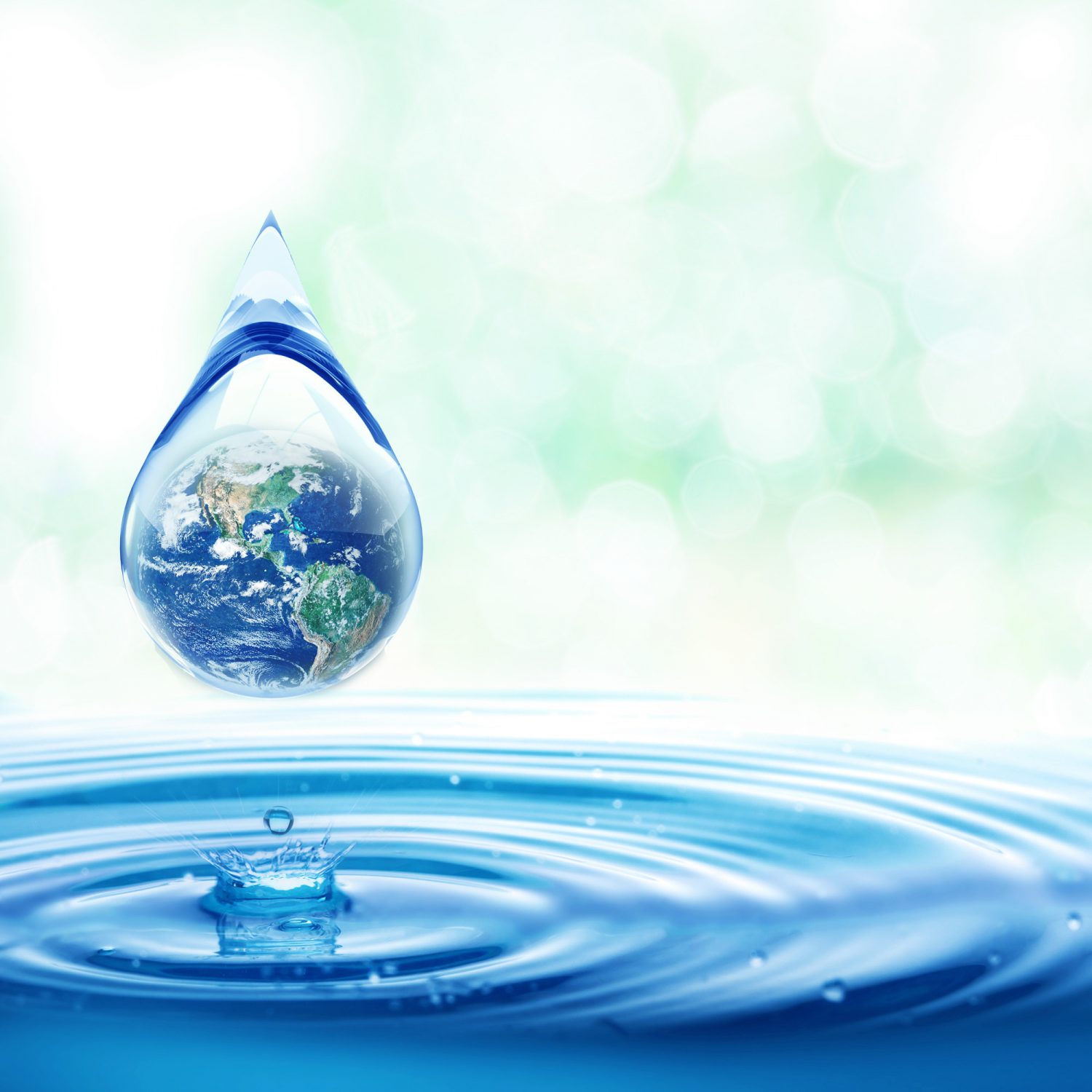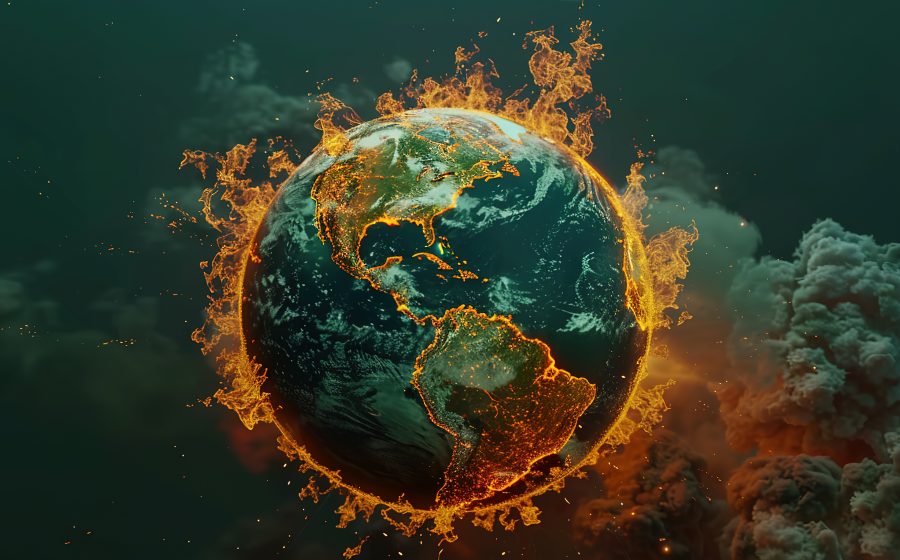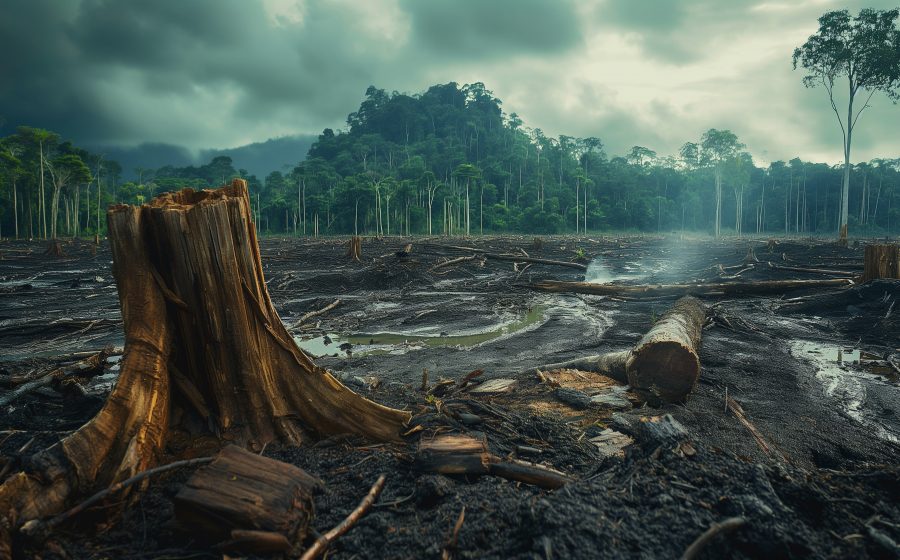Groundwater recharge is how water from rain or rivers soaks into the ground to refill underground water sources – aka aquifers. It can happen naturally or be helped along by people using different methods to get more water into the ground.
This process is important for keeping our underground water supplies filled, especially in places where water is scarce.
However, climate change effects such as altered precipitation patterns, increased temperatures, and shifting weather extremes, pose a significant threat to the balance of groundwater systems. Small changes in climate variables can lead to disproportionately large changes in recharge rates, potentially swinging from periods of excessive recharge to times of severe deficit.
The implications of these findings are far-reaching.
Agriculture, which heavily relies on groundwater for irrigation, may face increased uncertainty, forcing changes in crop selection, irrigation practices, and water management policies. For households, especially in regions already struggling with water scarcity, the consequences could range from increased water costs to heightened competition for dwindling resources.
Addressing these challenges requires a multifaceted approach. Fortunately, within the .earth web domain tribe, several organizations are working on responses to safeguard our water resources from climate change, including:
- BeyondWater.Earth: Beyond Water has created the world’s first Atmospheric Water Generator (AWG) with bespoke mineral dosing and has successfully produced 100 million liters of water and saved 200 million more. Learn more here.
- Plangea.Earth: Plangea is a decision support platform developed by the International Institute for Sustainability that has identified priority areas to be restored in the Brazilian Atlantic Forest when it comes to groundwater recharge and water quality improvement. Learn more here.
- ISMN.Earth: The International Soil Moisture Network (ISMN) is an international cooperation to establish and maintain a global soil moisture database – an essential means for validating and improving global satellite products, and land surface, climate, and hydrological models. Learn more here.
- WaterAI.Earth: Noemi Vergopolan is a computational hydrologist, engineer, and scientist at Princeton University whose research aims to aid actionable decision-making by improving hydrological information for monitoring and forecasting hydrological extremes and their impacts at the local scales. Learn more here.
Is your organization working on solutions to keep our groundwater supplies replenished? The .earth web domain is ideal for enhancing your brands and communicating your mission of safeguarding our water resources today and into the future.
To learn more about the .earth domain, visit Voices.Earth. In addition, many organizations and individuals are sharing their voices about the benefits of a .earth domain in our Voices.Earth podcast series.











